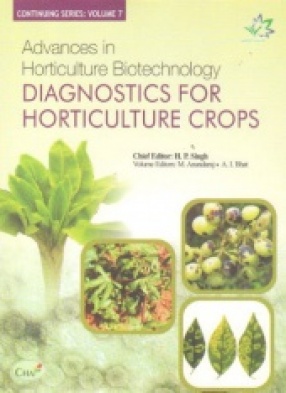
H P Singh

Showing all 22 books

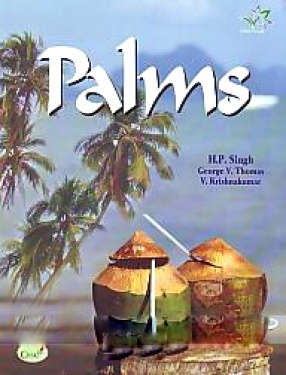
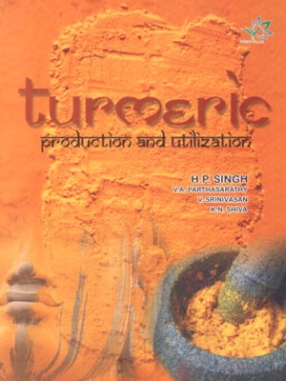
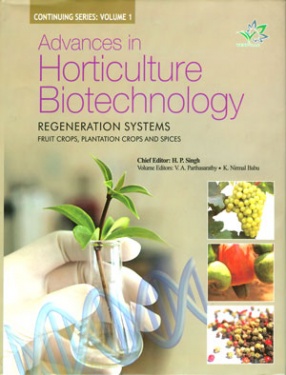
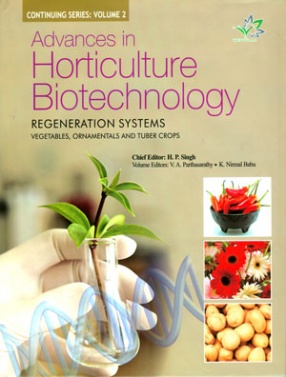

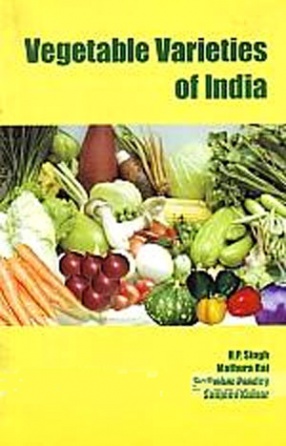
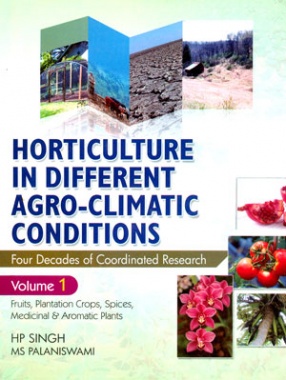
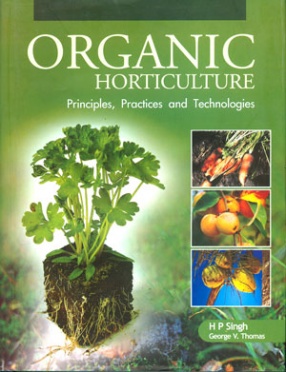
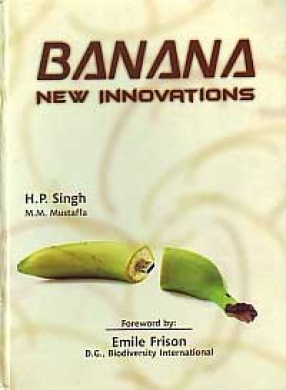

Horticultural crops are attacked by a large group of pathogens inflicting moderate to heavy crop losses. Due to the increased demand of fruits and vegetables and other horticultural products, more efforts are being put in horticulture sector for further boosting production to meet increased demand. Although availability of planting material and designer agro-techniques has increased in horticulture sector but biotic factors continue to be the bane of horticulture ...
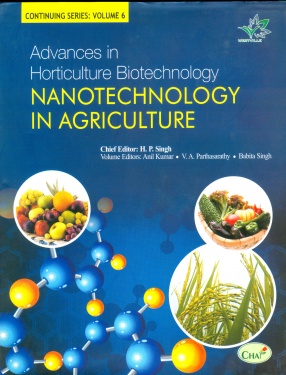
Nanotechnology is a broader term and used to describe various aspects of science and technology involved in the study, manipulation and control of individual atoms and molecules, to build machines on the scale of plant cells or create materials and products with nanoscale structures that enable novel applications. An attempt is made in this book to trace important consequences of the coming revolution in molecular nanotechnology, including consequences for the ...

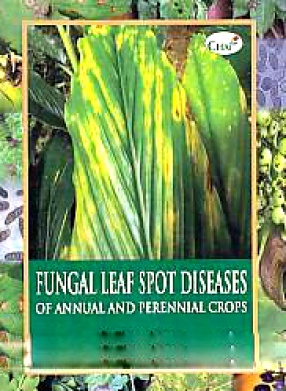
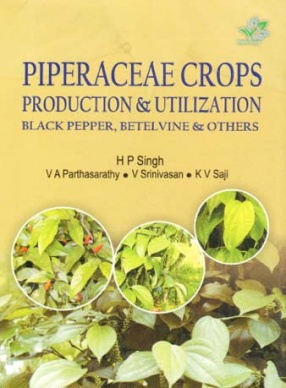
Piperaceae is an economically important plant family. Members of this family grow in tropical forests from South Asia to Tropical America, including those of Africa and Australia. Several Piper spp. from India, southeast Asia and Africa are of economic importance since they are used as spices and traditional medicines. Many plant families have a global distribution, but a few have the rich ethnobotanical and ethno pharmaceutical history of Piperaceae. The pepper ...
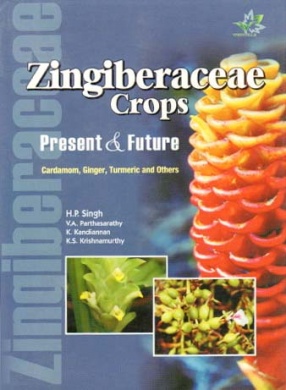
Zingiberaceae or ginger family is the largest family of the order Zingiberales containing about 53 genera and more than 1, 300 species consisting of aromatic perennial herbs. Commercial Zingiberaceous spices traded are ginger, turmeric, cardamom and large cardamom. Ornamental ginger is a diverse group of plants that are gaining importance in the floriculture trade as cut flowers, flowering pot plants and landscape plants. Herbs of the Zingiberaceae family have ...
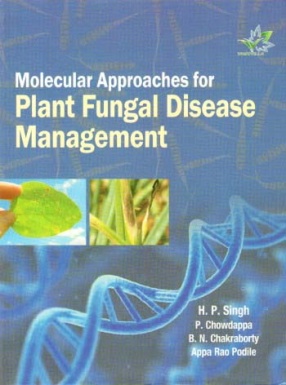
Plant pathogenic fungi were responsible for some of the worlds greatest famines and human suffering. Considering the needs of students, research scholars molecular plant pathologist and biotechnologists the book entitled "Molecular Approaches for Plant Fungal Disease Management" integrates information on technological advances made in molecular fungal pathology for effective disease management to safeguard resource poor farmers, global food and ...
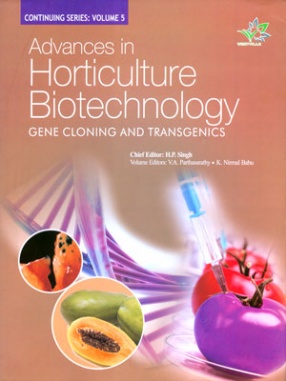
With the increase in our knowledge and competency in molecular biology especially in isolation and cloning of important and useful genes of agronomic interest and development of useful transgenics, it is expected that biotechnology will play a major role in increasing the production and productivity of crop species and help in crossing the yield barriers. The transgene studies carried out world over in many laboratories for the past three decades have led to ...

Turmeric (Curcuma longa L.) is a spice and a medicine. Research has revealed that curcumin has a wide range of beneficial properties, including anti-inflammatory, antioxidant, chemo-preventive and chemotherapeutic activity. It also serves as a multipurpose herbal remedy for practitioners of Ayurveda, Siddha, Unani and traditional Chinese medicine. Turmeric has recently been nominated by the national cancer institute for more in-depth studies in developing ...

Production of quality planting materials is fast becoming an important input in disease management programmes especially in production of disease/virus free plants. In addition, efficient plant regeneration systems are important for in vitro manipulations and transgenic pathways for crop improvement. In the present volume, the available information on the micropropagation and plant regeneration technologies developed for fruit crops, plantation crops and spices ...

Production of quality planting materials is fast becoming an important input in disease management programmes especially in production of disease/virus free plants. In addition, efficient plant regeneration systems are fast becoming important for in vitro manipulations and transgenic pathways for crop improvement. In the present volume, the available information on the micropropagation and plant regeneration technologies developed for vegetables, ornamentals and ...

Understanding biology and genetics at molecular level has become very important for better understanding and manipulation of genome architecture. Molecular markers have contributed significantly in this respect and have been widely used in plant science in a number of ways. This includes genetic fingerprinting, identification of duplicates, selection of core collections, determination of genetic distances, genome analysis, identification of markers associated ...

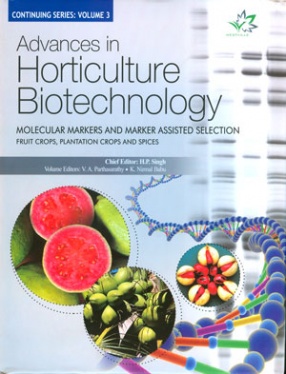
Understanding biology and genetics at molecular level has become very important for better understanding and manipulation of genome architecture. Molecular markers have contributed significantly in this respect and have been widely used in plant science in a number of ways. This includes genetic fingerprinting, identification of duplicates, selection of core collections, determination of genetic distances, genome analysis, identification of markers associated ...

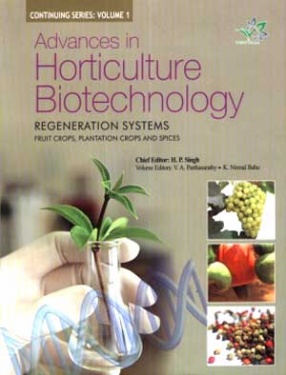
Production of quality planting materials is fast becoming an important input in disease management programmes especially in production of disease/virus free plants. In addition, efficient plant regeneration systems are important for in vitro manipulations and transgenic pathways for crop improvement. In the present volume, the available information on the micropropagation and plant regeneration technologies developed for fruit crops, plantation crops and spices ...

In India almost all types of horticultural crops are grown under wide range of agro-climatic conditions. India enjoys an enviable position in the horticulture map of the world. Thirteen All India Coordinated Research Projects under horticulture, with 251 centres spread over 26 States and One Union territory contributed significantly in developing high yielding value added varieties/hybrids, agro-techniques and cropping system suitable for each region ...

This book contains valuable information on the status of organic horticulture – national and international scenario, principles, practices, prospects of organic farming, technological advancements made in organic farming of fruits, plantation crops, tuber crops, vegetables and spices, input management and biomass recycling comparison of organic and conventional agriculture, soil health management, plant health management, issues, quality control and ...
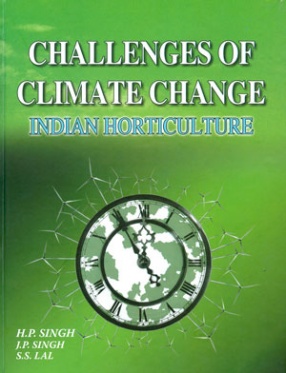
Global warming and climate change is the gravest concern of mankind in 21 century. Horticulture, in India with approximately 30% contribution in agricultural GDP from only 8% of cultivated land is threatened with serious consequences in production, quality and processing and increased cost of plant protection. The knowledge about the impact of climate change on horticultural crops is limited. Addressing problems of climate change is more challenging in ...

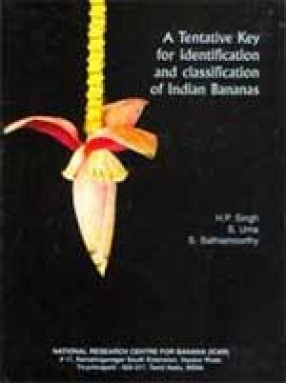
India is well known for its vast genetic diversity of bananas and plantains comprising seeded wild species to seedless cultivars of various ploidy levels. This is in support of the fact that the origin of Musa is South and South-East Asia including Indo-Burma region. From the centre of origin it has spread to almost in all tropical countries 40 North and South of the equatorial line. Remarkable diversity of bananas and plantains within India and other parts of ...
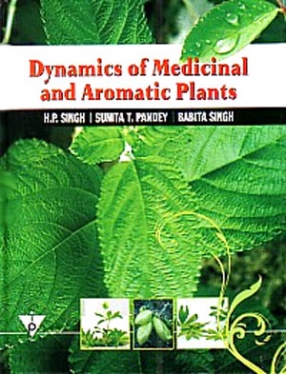
The Dynamics of Medicinal and Aromatic Plants edited by Dr. H.P. Singh, Dr. Sunita T. Pandey and Dr. Babita Singh is a rare treasure of information on biodiversity, cultivation, and uses of medicinal and aromatic plants. The book covers important aspect on current status of development of medicinal and aromatic plants, biodiversity in medicinal and aromatic plants production systems and utilization of herbs and aroma plants spread over in 14 chapters. Besides, ...
